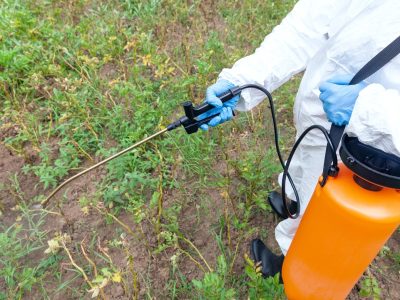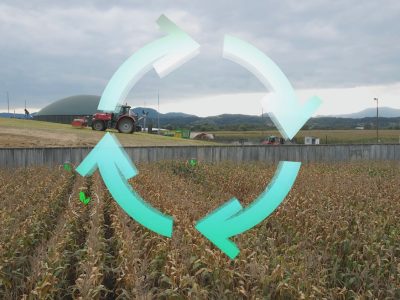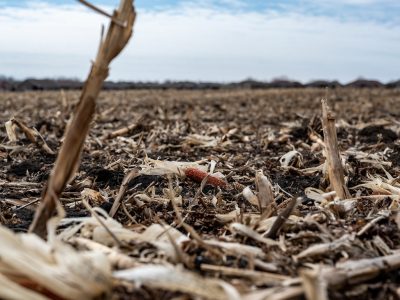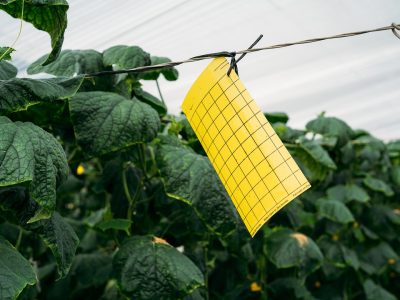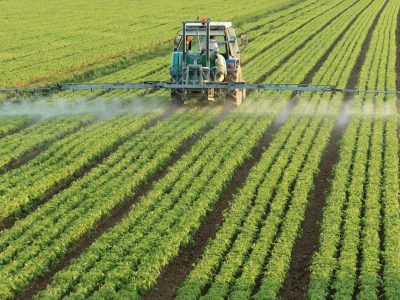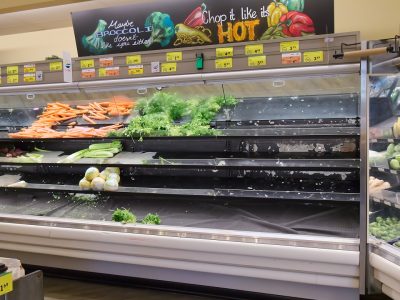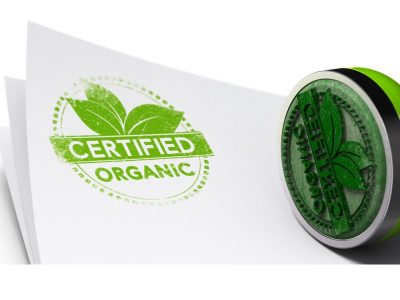15 Best Practices for Maximizing Herbicide Efficiency and Safety
Herbicides are essential tools in modern agriculture, helping farmers manage weed infestations and maximize crop yields. However, the responsible application of herbicides... Read More
Regenerative Agriculture: A Strategic Approach for Farming
In recent years, there has been a growing interest in regenerative agriculture, a holistic approach to farming that seeks to restore and... Read More
Crop Rotation
Crop rotation is a common agronomic practice that involves the systematic sequencing of different crops in a specific field over several seasons.... Read More
Breaking Ground: The Pros and Cons of Reduced-Till Farming
Agriculture is undergoing a transformation, with sustainability taking center stage. In light of this shift, modern agriculture faces a critical dilemma. It... Read More
Understanding Biofix: A Key Tool in Integrated Pest Management
In integrated pest management, accurate timing of control measures is crucial for effective and sustainable crop protection. One fundamental concept that plays... Read More
Pesticide Rotation: A Must for Effective Pest Management
Farmers widely use pesticides for controlling pest populations and diseases in agricultural production systems. However, resistance to pesticides is a significant... Read More
Integrated Pest Management
Integrated pest management, or IPM, is a sustainable and environmentally-friendly approach to controlling pests in agriculture. Rather than relying on chemical pesticides,... Read More
Reducing Spray Drift: Key Strategies
Pesticide drift can cause serious damage to crops, harm people, animals, and the environment. Farmers should properly apply pesticides to prevent drift,... Read More
Building resilience in the food supply chain
Resilience in the food supply chain is a key driver for the healthy futures of plants and people. Climate change is leading... Read More
Certification in agriculture
Certification is a set of standards and requirements that a product must meet in order to be certified. Certification ensures that producers... Read More



